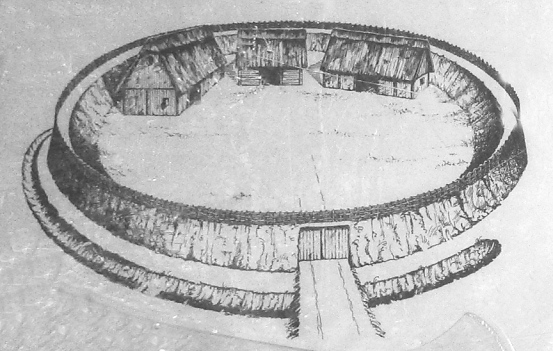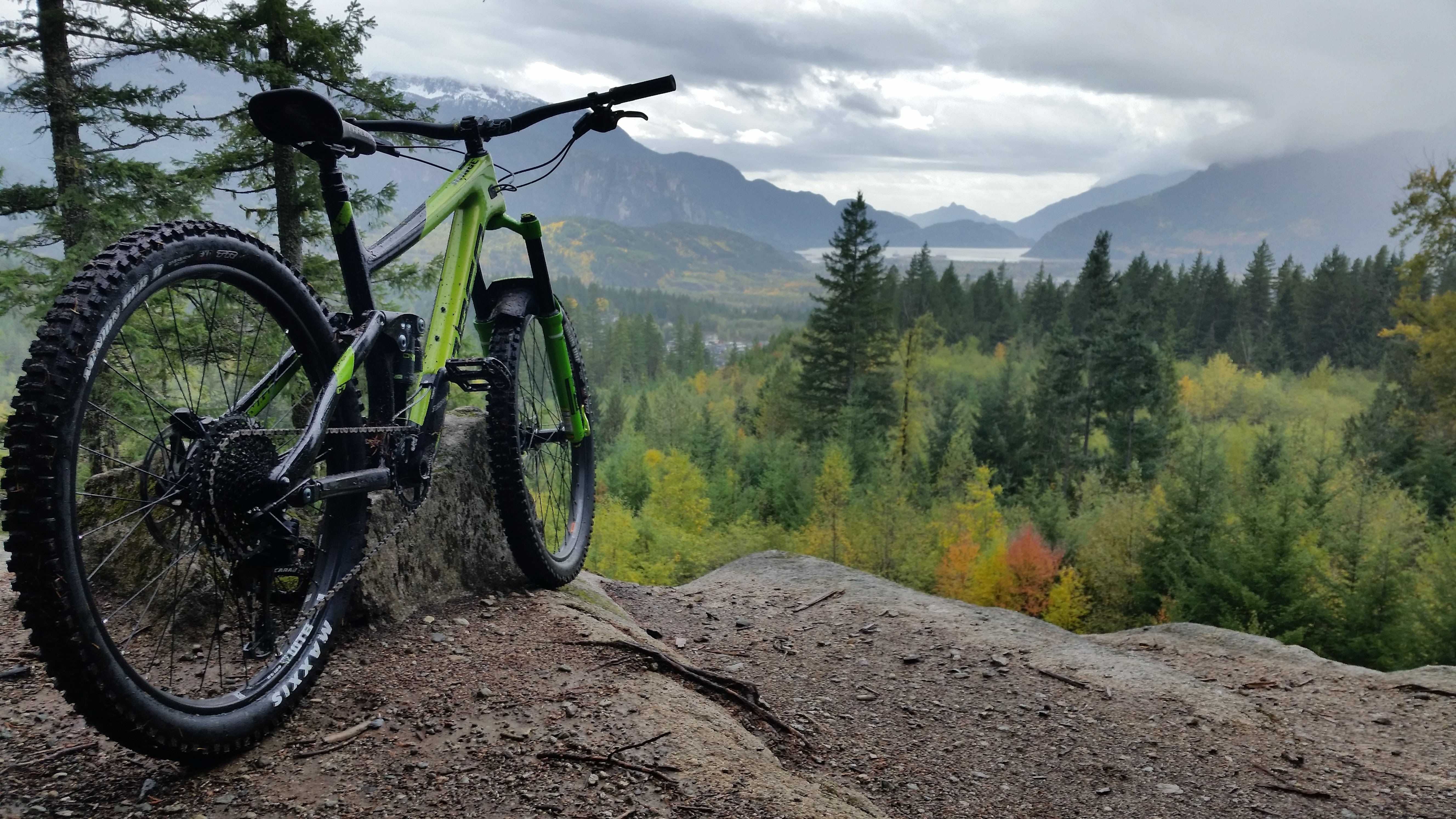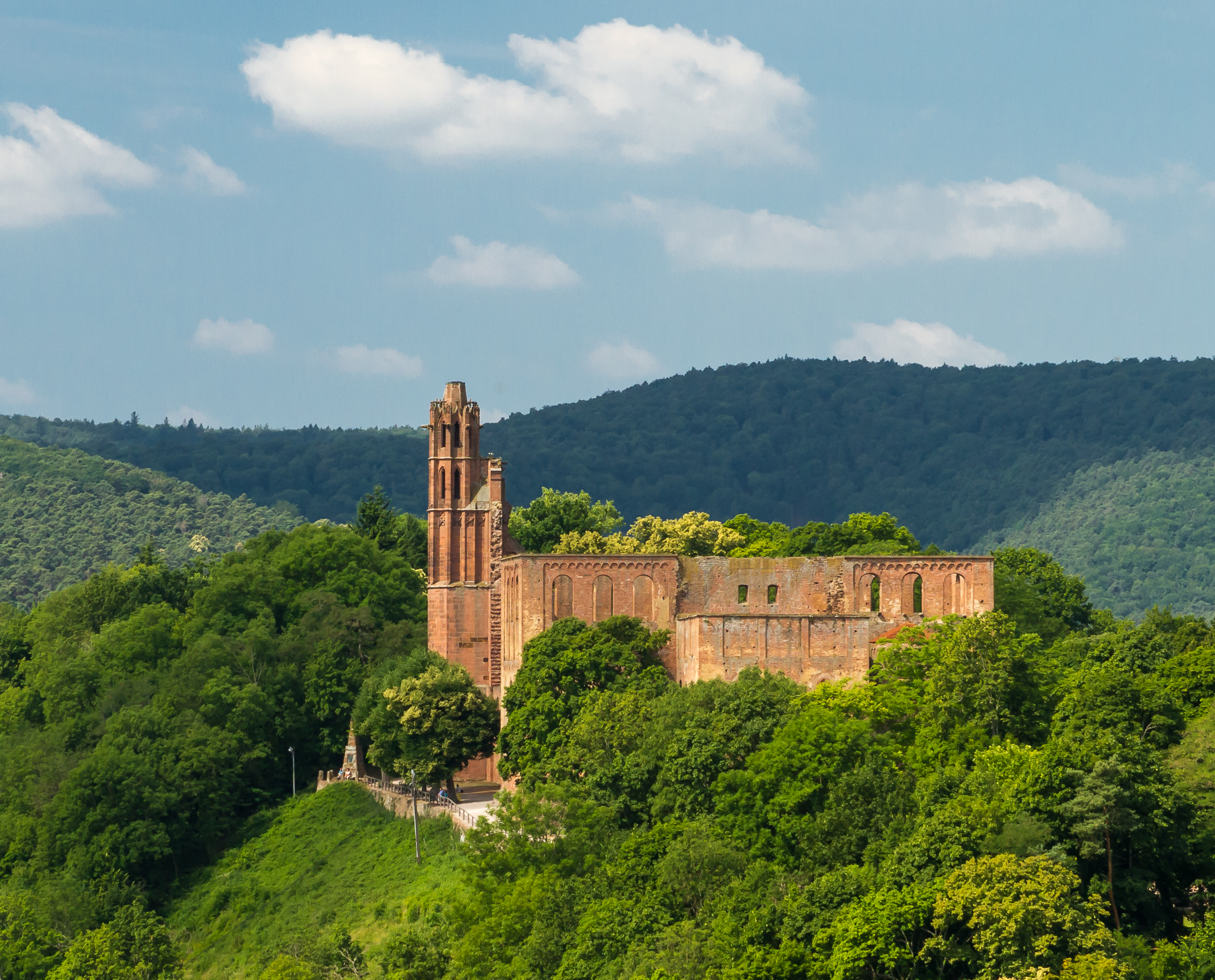|
Peterskopf (Haardt)
The Peterskopf, near the Palatine county town of Bad Dürkheim in the German state of Rhineland-Palatinate, is a 487-metre-high hill in the Haardt mountains. On its summit is the Bismarck tower. Geography Location The hill lies 3 km northwest of Bad Dürkheim on the eastern edge of the Palatine Forest on the forest estate of the municipality of Kallstadt; the actual village being in the northeast, 4 km away. On the southeastern slope of the hill, 700 metres from the summit, are the ruins of the Weilach farmstead, first mentioned in 1381. The River Isenach flows past the Peterskopf to the southwest before entering the town of Bad Dürkheim. Accessibility A tarmac road runs to the Peterskopf from Leistadt, the distance to the car park by Forsthaus Lindemannsruhe (470 m) being 2.5 km. From there the summit may be reached on foot in about ten minutes. Surrounding area In the area around the Peterskopf there is a host of historic sites: the Teufe ... [...More Info...] [...Related Items...] OR: [Wikipedia] [Google] [Baidu] |
Haardt (Pfalz)
The Haardt () is a range of wooded, sandstone hills in the state of Rhineland Palatinate in southwestern Germany Germany,, officially the Federal Republic of Germany, is a country in Central Europe. It is the second most populous country in Europe after Russia, and the most populous member state of the European Union. Germany is situated betwe .... The range is some long and lies within the Palatinate Forest (''Pfälzerwald''). Its highest point is the Kalmit, near Maikammer, which stands above sea level. References Hill ranges of Germany Geography of the Palatinate (region) Natural regions of the Palatinate Forest Landscapes of Rhineland-Palatinate Landforms of Rhineland-Palatinate {{RhinelandPalatinate-geo-stub ... [...More Info...] [...Related Items...] OR: [Wikipedia] [Google] [Baidu] |
Circular Rampart
A circular rampart (German: ''Ringwall'') is an embankment built in the shape of a circle that was used as part of the defences for a military fortification, hill fort or refuge, or was built for religious purposes or as a place of gathering. The period during which these structures were built ranged from the Neolithic to the Middle Ages. Construction The key feature of a circular rampart is that the embankment formed the primary element of the defensive fortification. It can be constructed in various ways: as a simple earth embankment, as a wood and earth structure, or as a wall. Circular ramparts usually have a moat or ditch in front of them; the embankment can be enhanced with a wooden palisade. Often several concentric rings were built, which produced a more effective defensive position against attackers. The interior of such sites often shows evidence of buildings such as halls, barns, and other secondary structures. Locations Circular ramparts are found in north and we ... [...More Info...] [...Related Items...] OR: [Wikipedia] [Google] [Baidu] |
Mountains And Hills Of Rhineland-Palatinate
A mountain is an elevated portion of the Earth's crust, generally with steep sides that show significant exposed bedrock. Although definitions vary, a mountain may differ from a plateau in having a limited summit area, and is usually higher than a hill, typically rising at least 300 metres (1,000 feet) above the surrounding land. A few mountains are isolated summits, but most occur in mountain ranges. Mountains are formed through tectonic forces, erosion, or volcanism, which act on time scales of up to tens of millions of years. Once mountain building ceases, mountains are slowly leveled through the action of weathering, through slumping and other forms of mass wasting, as well as through erosion by rivers and glaciers. High elevations on mountains produce colder climates than at sea level at similar latitude. These colder climates strongly affect the ecosystems of mountains: different elevations have different plants and animals. Because of the less hospitable terrain ... [...More Info...] [...Related Items...] OR: [Wikipedia] [Google] [Baidu] |
Sport
Sport pertains to any form of Competition, competitive physical activity or game that aims to use, maintain, or improve physical ability and Skill, skills while providing enjoyment to participants and, in some cases, entertainment to spectators. Sports can, through casual or organized participation, improve participants' physical health. Hundreds of sports exist, from those between single contestants, through to those with hundreds of simultaneous participants, either in teams or competing as individuals. In certain sports such as racing, many contestants may compete, simultaneously or consecutively, with one winner; in others, the contest (a ''match'') is between two sides, each attempting to exceed the other. Some sports allow a "tie" or "draw", in which there is no single winner; others provide tie-breaking methods to ensure one winner and one loser. A number of contests may be arranged in a tournament producing a champion. Many sports leagues make an annual champion by ar ... [...More Info...] [...Related Items...] OR: [Wikipedia] [Google] [Baidu] |
Mountain Bike
A mountain bike (MTB) or mountain bicycle is a bicycle designed for off-road cycling. Mountain bikes share some similarities with other bicycles, but incorporate features designed to enhance durability and performance in rough terrain, which makes them heavier, more complex and less efficient on smooth surfaces. These typically include a suspension fork, large knobby tires, more durable wheels, more powerful brakes, straight, extra wide handlebars to improve balance and comfort over rough terrain, and wide-ratio gearing optimised for topography and application (e.g., steep climbing or fast descending). Rear suspension is ubiquitous in heavier-duty bikes and now common even in lighter bikes. Dropper posts can be installed to allow the rider to quickly adjust the seat height (an elevated seat position is more effective for pedaling, but poses a hazard in aggressive maneuvers). Mountain bikes are generally specialized for use on mountain trails, single track, fire roads, and othe ... [...More Info...] [...Related Items...] OR: [Wikipedia] [Google] [Baidu] |
Palatine Hill Running Cup
A palatine or palatinus (in Latin; plural ''palatini''; cf. derivative spellings below) is a high-level official attached to imperial or royal courts in Europe since Roman times."Palatine" From the '' Oxford English Dictionary''. Retrieved November 19, 2008. The term ''palatinus'' was first used in Ancient Rome for of the Emperor due to thei ... [...More Info...] [...Related Items...] OR: [Wikipedia] [Google] [Baidu] |
Upper Rhine Plain
The Upper Rhine Plain, Rhine Rift Valley or Upper Rhine Graben (German: ''Oberrheinische Tiefebene'', ''Oberrheinisches Tiefland'' or ''Oberrheingraben'', French: ''Vallée du Rhin'') is a major rift, about and on average , between Basel in the south and the cities of Frankfurt/Wiesbaden in the north. Its southern section straddles the France–Germany border. It forms part of the European Cenozoic Rift System, which extends across Central Europe. The Upper Rhine Graben formed during the Oligocene, as a response to the evolution of the Alps to the south. It remains active to the present day. Today, the Rhine Rift Valley forms a downfaulted trough through which the river Rhine flows. Formation The Upper Rhine Plain was formed during the Early Cenozoic era, during the Late Eocene epoch. At this time, the Alpine Orogeny, the major mountain building event that was to produce the Alps, was in its early stages. The Alps were formed because the continents of Europe and Africa colli ... [...More Info...] [...Related Items...] OR: [Wikipedia] [Google] [Baidu] |
Limburg Abbey
Limburg Abbey is a ruined abbey near Bad Dürkheim, at the edge of the Palatinate Forest in Germany. In the 9th century, the Salian Dukes from Worms built a fortress on the ''Linthberg'' as their family seat. In the early 11th century, the fortress was converted into a monastery with a basilica. It existed until the mid 16th century. Burials *Gunhilda of Denmark Gunhilda of Denmark ( 1020 – 18 July 1038), was Queen consort of Germany by her marriage with King Henry III from 1036 until her death. Biography Gunhilda was a daughter of King Cnut the Great (985/95 – 1035), ruler over the Anglo-Scandin ... Benedictine monasteries in Germany Christian monasteries established in the 11th century Monasteries in Rhineland-Palatinate Ruined abbeys and monasteries Ruins in Germany {{RhinelandPalatinate-struct-stub ... [...More Info...] [...Related Items...] OR: [Wikipedia] [Google] [Baidu] |
Medieval
In the history of Europe, the Middle Ages or medieval period lasted approximately from the late 5th to the late 15th centuries, similar to the Post-classical, post-classical period of World history (field), global history. It began with the fall of the Western Roman Empire and transitioned into the Renaissance and the Age of Discovery. The Middle Ages is the middle period of the three traditional divisions of Western history: classical antiquity, the medieval period, and the modern history, modern period. The medieval period is itself subdivided into the Early Middle Ages, Early, High Middle Ages, High, and Late Middle Ages. Population decline, counterurbanisation, the collapse of centralized authority, invasions, and mass migrations of tribes, which had begun in late antiquity, continued into the Early Middle Ages. The large-scale movements of the Migration Period, including various Germanic peoples, formed new kingdoms in what remained of the Western Roman Empire. In the ... [...More Info...] [...Related Items...] OR: [Wikipedia] [Google] [Baidu] |
Kriemhildenstuhl
The ''Kriemhildenstuhl'', more rarely ''Krimhildenstuhl'' (short i), in the forests around the Palatine county town of Bad Dürkheim in the German state of Rhineland-Palatinate, is an old Roman quarry, which was worked by the 22nd Legion of the Roman Army, who were stationed in Mogontiacum (Mainz) around 200 A. D. The site has been designated as an area monument (''Denkmalzone'') Bad Dürkheim: Information board at the Quarry (''Infotafel am Steinbruch''). and is owned by the Drachenfels Club. Location The ''Kriemhildenstuhl'' lies left of the small river of the Isenach northwest of Bad Dürkheim at a height of 250 metres above sea level on the southeastern hillside of the 300-metre-high Kästenberg. The latter is a southern spur of the Teufelsstein, which belongs to the Haardt mountains which form the eastern perimeter of the Palatine Forest range, facing the Upper Rhine Plain. Immediately above the quarry is the ''Heidenmauer'', a 26 hectare fortified C ... [...More Info...] [...Related Items...] OR: [Wikipedia] [Google] [Baidu] |





.gif)


